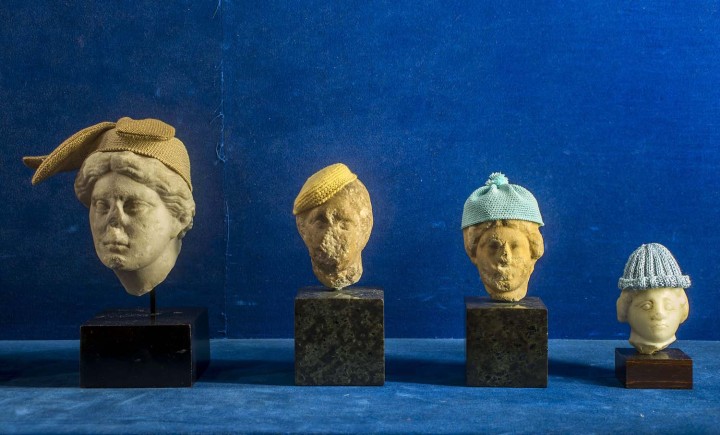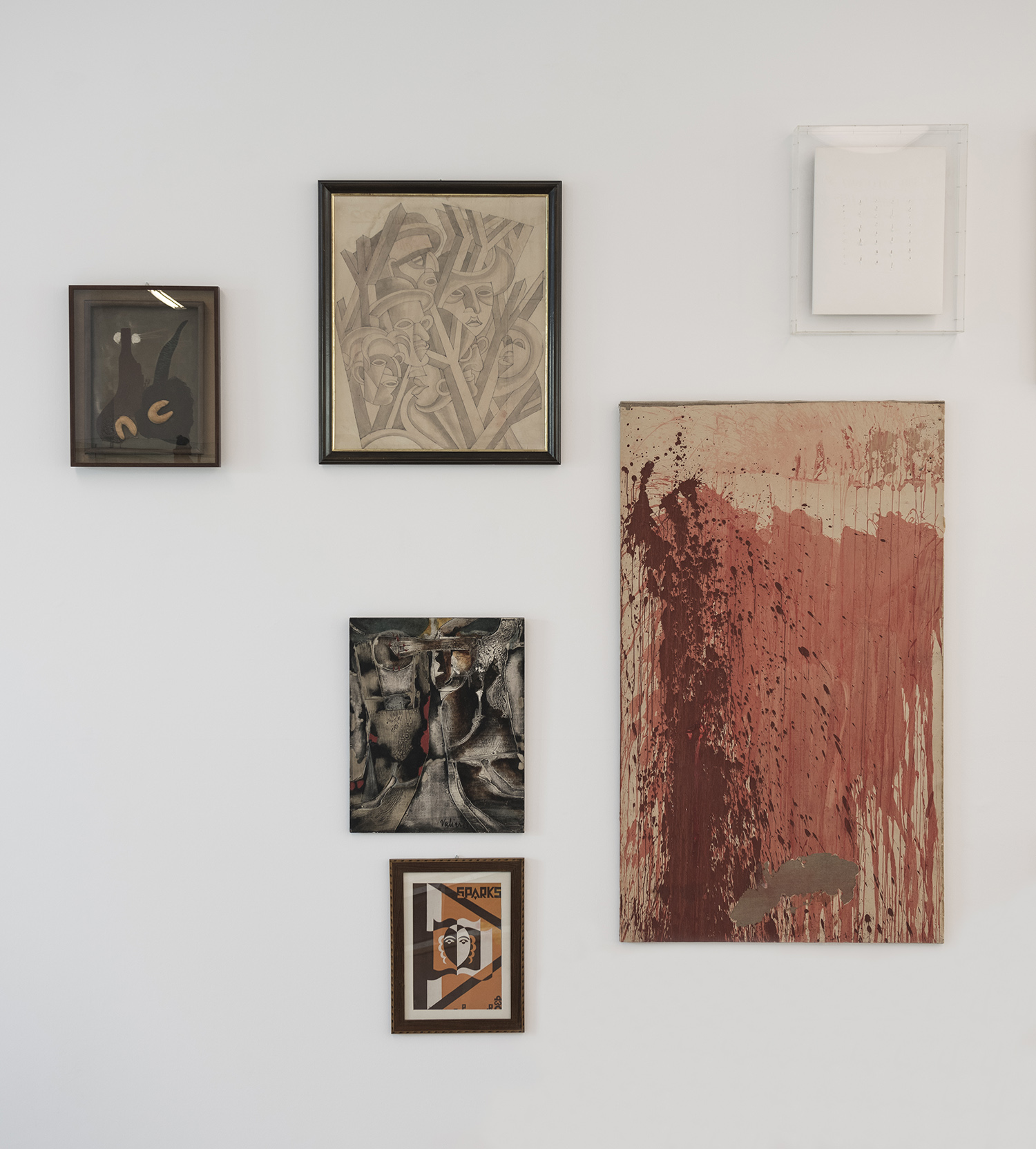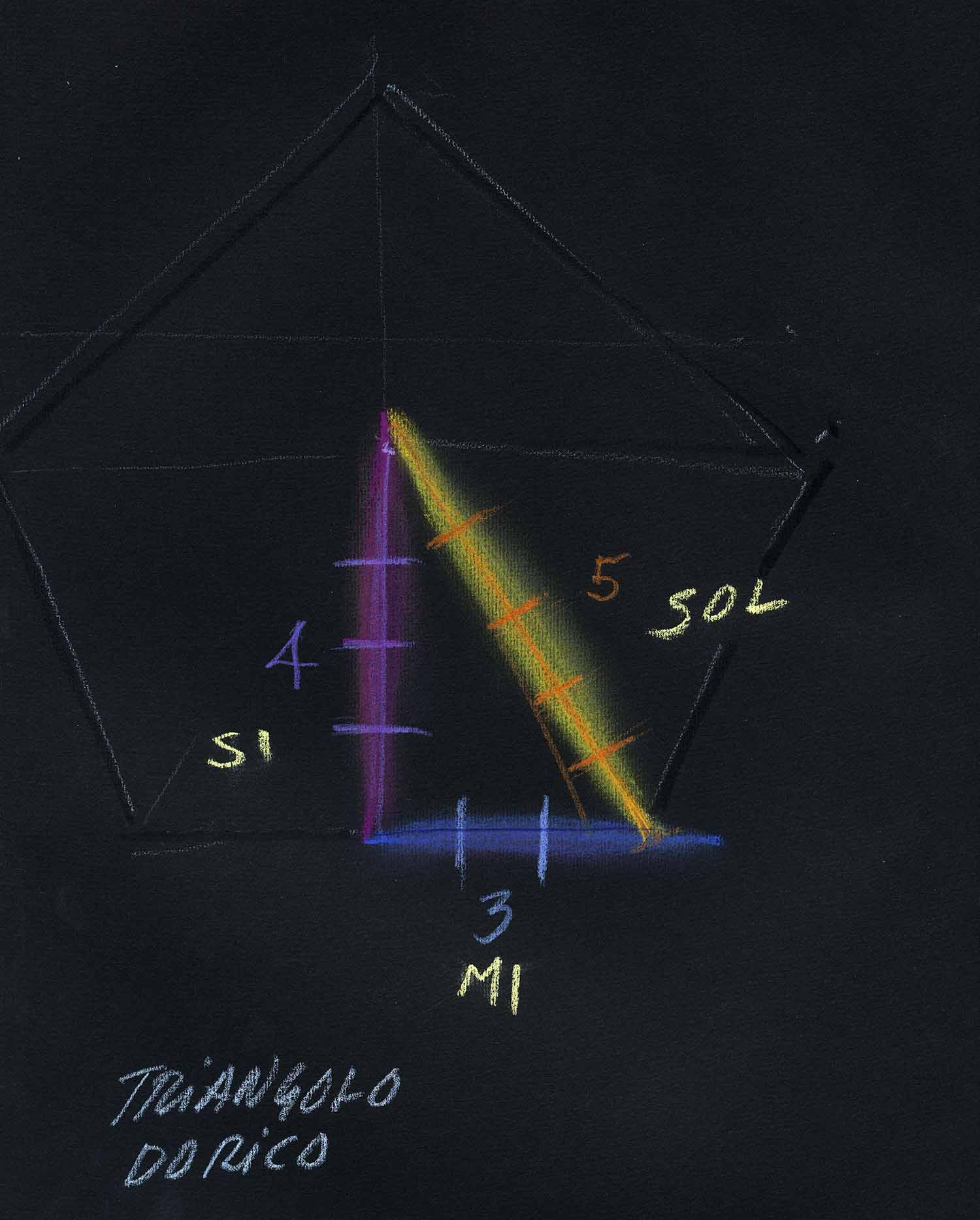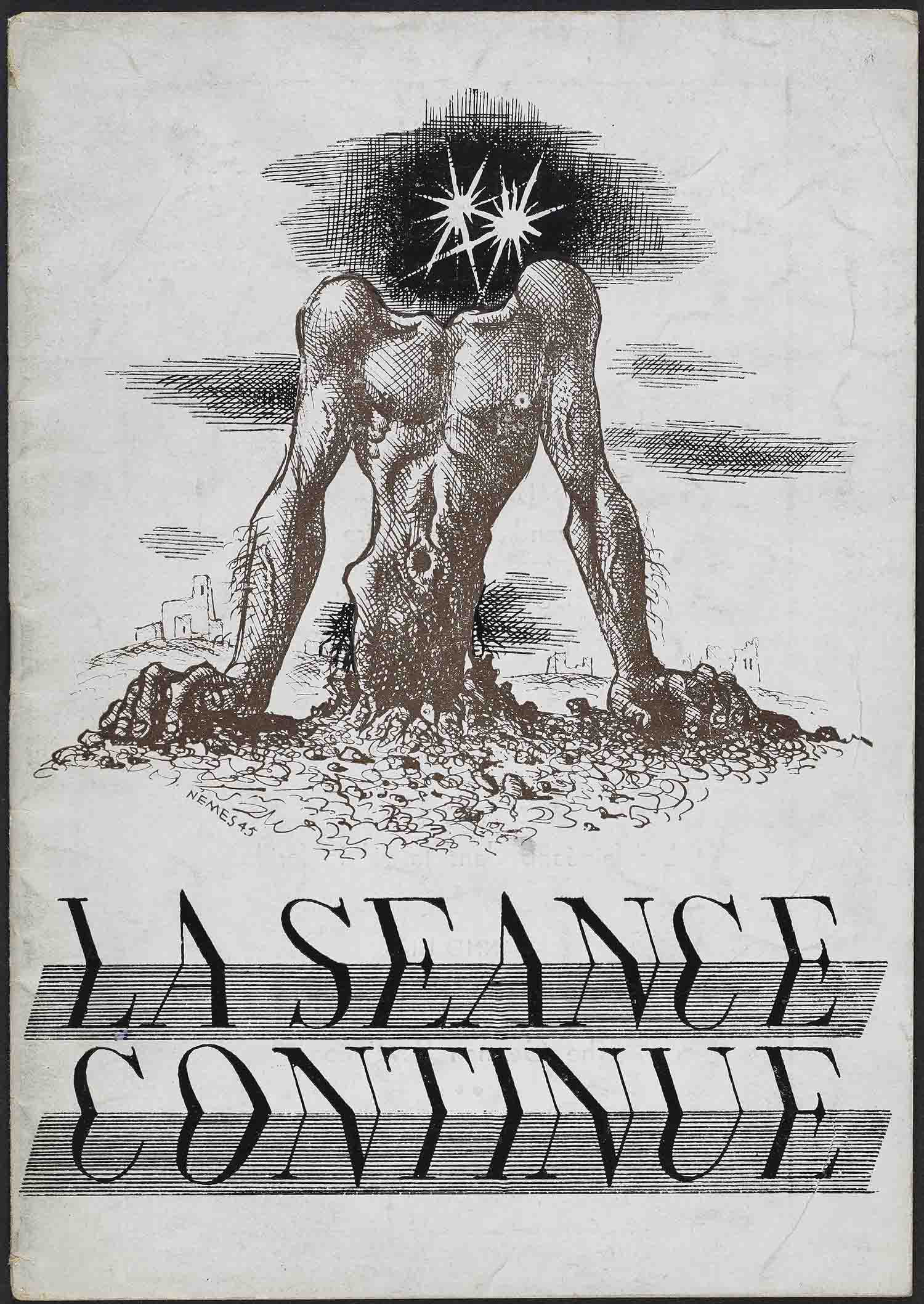Museion, Bolzano’s museum of contemporary art, has named Italian artist Francesco Vezzoli as guest curator for 2016. End of January, Vezzoli will inaugurate a two-show project: an exhibition of works from the museum’s collection and another dedicated exclusively to his sculptural production. Flash Art talks with Vezzoli about this new challenge.
What are your criteria for selecting works from the collection? Also, are you planning to make connections between the two exhibitions?
The name of the project is “Museo/Museion,” and the connection between the two exhibitions is actually the keystone of the operation. We will create a gallery of classic plaster casts on the top floor of the museum to form the most canonical setting for my ironically classical sculptures. On the two lower levels we will display works from the museum’s collection, however re-framed in an antique style. For example, experts of trompe-l’œil will re-paint the frame of a famous painting by Caravaggio around a photograph by Nan Goldin. The frame will be depicted in the finest detail, so the final effect will be quite surreal.
There really are no critical guidelines for the selection, but rather the intention to turn the expectations (cool but tedious) of an academic spectator upside-down.
There’s a long tradition of artists as exhibition curators, starting from the original surrealist shows installed by Marcel Duchamp, down to the recent series of Carte Blanche exhibitions organized by Ugo Rondinone, Jeremy Deller, Adam McEwen and John Armleder in the Palais de Tokyo spaces. Have these precedents influenced your approach to the role of guest curator at Museion in any way?
I feel no close affinity with these artists, even though I love their work in some cases. Clearly, my approach to curatorship has not been inspired in any way by theirs. I have, instead, entertained myself by taking advantage of the complicity of the Museion director, Letizia Ragaglia, and her staff in overturning the editorial rules of the museum itself.
Does that mean that you are implicitly critical of how Italian institutions operate, with the Museion being a representative sample?
As I said, I feel my approach is dialectical rather than critical. If you will grant me a little space, I’ll gladly explain why: beginning with the Prada Foundation, continuing with the Hangar Bicocca, the splendid “La Grande Madre” by Massimiliano Gioni at Palazzo Reale in Milan, the rigorous direction by Gianfranco Maraniello at MART, the provocative program by Andrea Viliani at MADRE — and these are just the first that come to mind, I swear without any strategy or hidden intent — the super sophisticated Museion, the renewed Triennale of Milan; plus, Flash Art, Mousse, Kaleidoscope, the Uffizi, Galleria Borghese, excavations in Oplontis, the temples of Agrigento… Now I know I sound ridiculous, but I’m doing it on purpose. All of this is to say that Italy is a glorious nation with epic, academic and creative history.
I am not criticizing any museum. I just say, to everyone: get a move on, be proud of what you have and what you are! Get out of this intellectual closet! Go to Palazzo Abatellis in Palermo and take in Antonello da Messina framed by Carlo Scarpa in a museum that is standing on one leg alone. And stop thinking that New York’s Metropolitan is more beautiful.
The show of the previous guest curator, “Soleil Politique” by Pierre Bal-Blanc, examined the social and political role of Museion in the city of Bolzano. Bolzano is a border city occupied by different national identities that do not always get along well. Your work has often emanated über-Italic overtones, but thanks to your virtuosity in playing with certain cultural clichés, it has always indulged debates beyond the national. How has the reality of Bolzano influenced your proposal for the Museion? And how do you want the local public to perceive it?
For me, border cities are another thing… Bolzano is a marvelous provincial city and it was inspiring, first of all, to structure the exhibition as never before at Museion, in fairly traditional thematic fields: abstract painting, portraiture, landscape, etc. That meant playing with the museum identity of Museion itself. The role of Museion, in fact, is precisely to bring the most sophisticated and exclusive international avant-garde to Bolzano: Cerith Wyn Evans, Carol Bove and Tatiana Trouvé, just to mention a few of the most recent shows. Instead, what I wanted to do, metaphorically speaking, was to rummage about in local pantries to stir things up
Do you, from a practical point of view, tend to separate the creative phase dedicated to producing a work from the phase dedicated to the exposition of the work itself? Your exhibitions are always very complex: they are complete installations. Is there an explicitly curatorial approach in your work?
Yes, I do think so. Unconsciously, whenever I show something new or less new I try to condition or to disrupt the surrounding environment — whether at a stand in a fair or in an institutional space. When and if I realize that I have not succeeded, then I come to the inauguration completely sprinkled and drenched with costly, inebriating and almost nauseating perfumes. That’s one of the ways D’Annunzio marked his territory.




